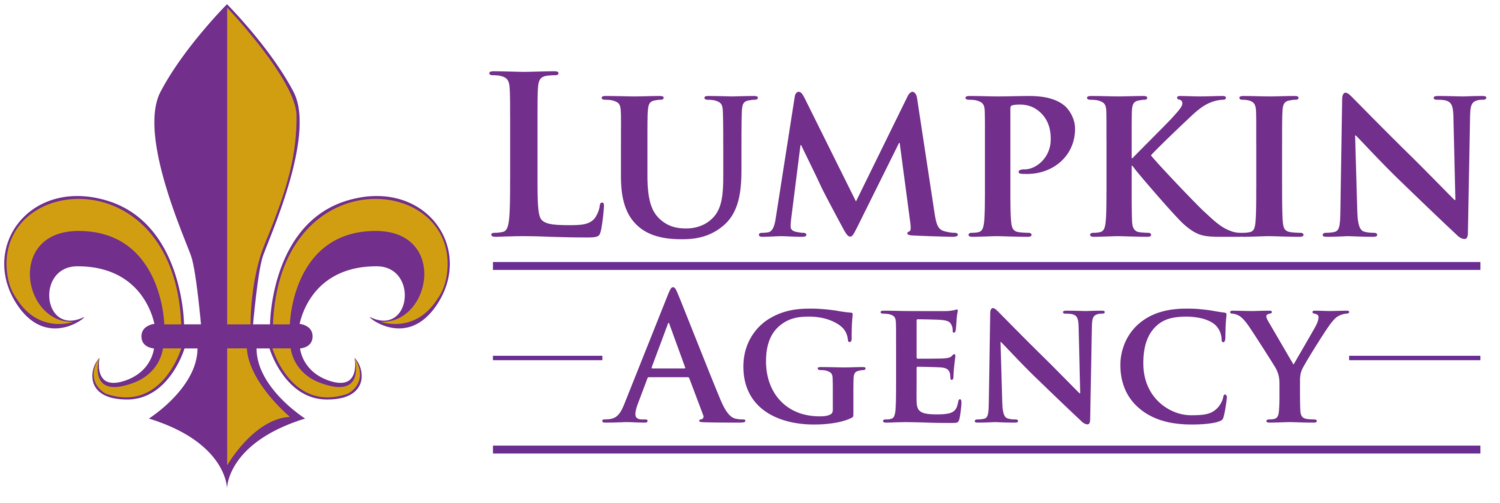Use it Or Lose It: Clock Ticking on CARES Act Carryback
Don’t leave money on the table this year
A provision in the CARES Act could leave you with a tax refund. But tax year 2020 is the last year this provision will be available.
There’s a lot of celebration around tax time for those that receive tax refunds from the IRS. Unfortunately, those of us who paid just the right amount in taxes over the course of the year will not be receiving any refunds. Even though that’s a good thing -- we didn’t give the IRS an interest-free loan -- it can be a tough pill to swallow now that we’re used to receiving generous checks from Uncle Sam every two months or so. Luckily, there is a provision in the CARES act that could allow you to still get a tax refund this year.
You may have heard that the CARES Act reinstated the carryback for net operating losses (NOLs). If your business shows a loss in tax year 2018, 2019, or 2020, then you can use the NOL carryback provision to offset your income from as far back as 2013. But how can you take advantage of this provision of the tax law if you aren’t showing an NOL this year?
One option is to use a cost segregation study to increase your depreciation deductions. If you own a building as part of your business, a cost segregation study could substantially reduce your taxable income. In some cases, a cost segregation study could create enough deduction to result in a net operating loss, in which case you could use the loss carryback to get a tax refund. Even if you don’t end up with a net operating loss, you will still end up with a smaller tax bill.
The first step is to see approximately how much depreciation expense a cost segregation study on your building could generate. Use our Request a PA form to fill in basic information about your building so that you can receive a no-cost projection. Once you know how much depreciation expense you will be able to claim this year, compare it to your expected income to determine if the extra depreciation would result in a NOL. At this point, you may want to go ahead and have the study completed on your building so that you can be sure to have the report completed in a timely manner. Remember that the loss carryback phases out after tax year 2020, so taking action now is key.
When the study is complete, your tax team can apply the results of the cost segregation study to your tax return and request the refund from the IRS. Once the IRS has received and processed your return, they will deliver your refund.
For more information please contact our Director of Cost Segregation at clayton@lumpkinagency.com.
The information provided in this blog is intended for general information only, and is not meant to constitute tax advice.


